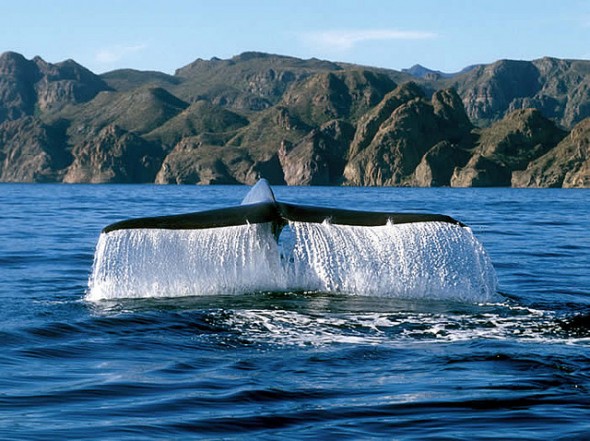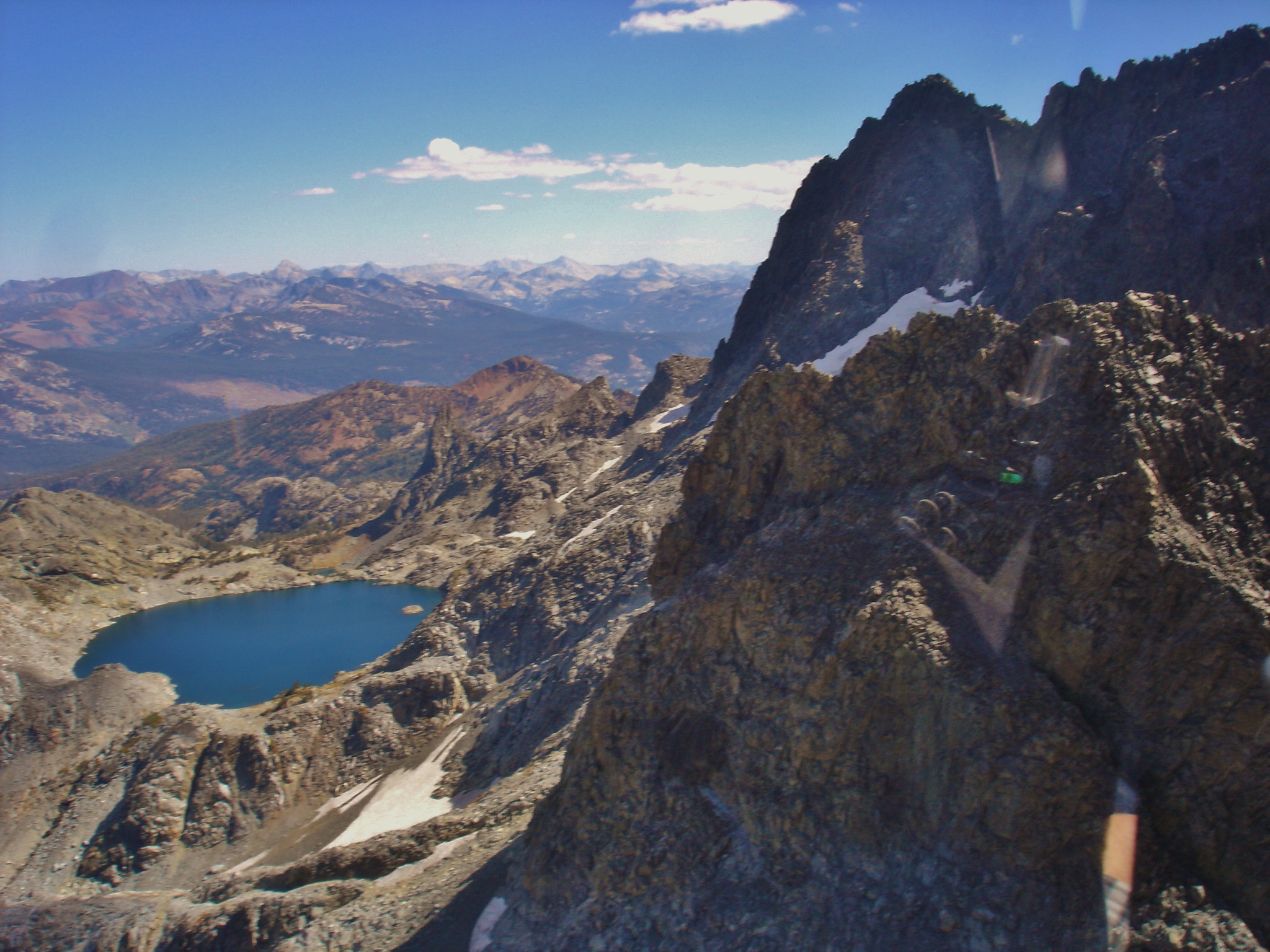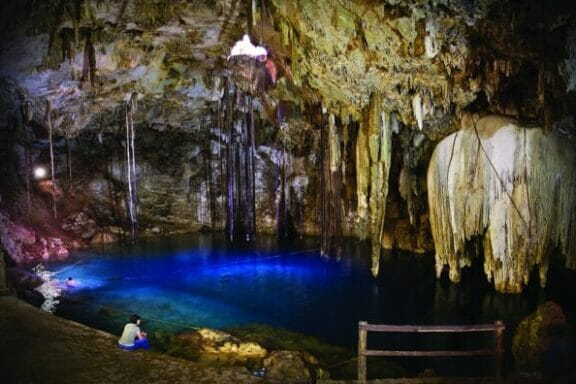Film and music of shimmering yet jarring beauty play together on a South Seas beach in “Legong: Dance of the Virgins.” It’s a rarely screened 1935 silent movie, shot entirely in Bali with a Balinese cast, mixed with a new score by Club Foot Orchestra and Gamelan Sekar Jaya. Presented in a crude but rich two-strip early Technicolor process, one of the last silent films made by Hollywood, it depicts Bali as Westerners idealized it at the time.
Tag: ecotourism
Baja California: An “Earthly Paradise” in the Desert
Baja California, despite proximity to the US and recent rampant growth, remains a wild and untamed coastal desert. Behind the charming pueblitos and peaceful resorts lies a varied history where conquest and development have moved both slow and fast. Following a recent trip to the Gulf of California town of Loreto, this first in a series of articles attempts to define what makes the place special, as well as what the future holds for this (mostly) hidden resort region.
Wilderness of Minarets: On the Coyote Trail of Muir and Adams
I am on the trail of John Muir, intending to walk into the wild high country, his “range of light,” inspired by the vision of Ansel Adams who once said: “Life is your art. An open, aware heart is your camera. A oneness with your world is your film. Your bright eyes and easy smile is your museum.”
Wild Eco Lodge: Sweden’s Primitive Kolarbyn
Set in a wild forest near the Skärsjön Lake, the Kolarbyn Eco-Lodge is Sweden’s most primitive hotel, offering twelve electricity-free “nature huts” allowing communion with the Swedish landscape without actually camping.
Swimming into Xibalba: Secrets of the Maya Underworld
The BBC documentary swims deep into the mythological underwater world of the “cenote sagrada” of Mexico’s Yucatán Peninsula.
Chiapas: Corporate Polluters Lust for Trees
REDD (Reducing Emissions from Deforestation and Forest Degradation) purports to combat global warming by saving rainforests, but without reducing greenhouse gas emissions, nor putting the capitalist system and its excesses—the real causes of environmental disaster—on the table.





